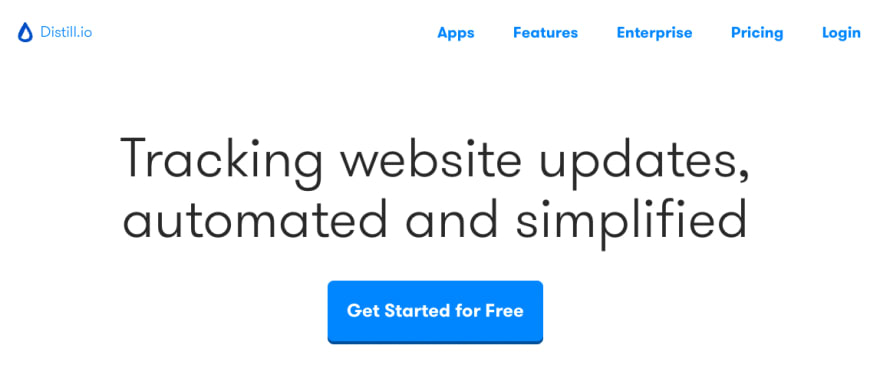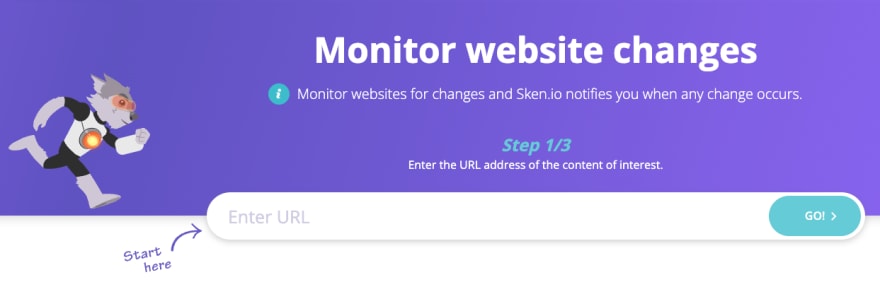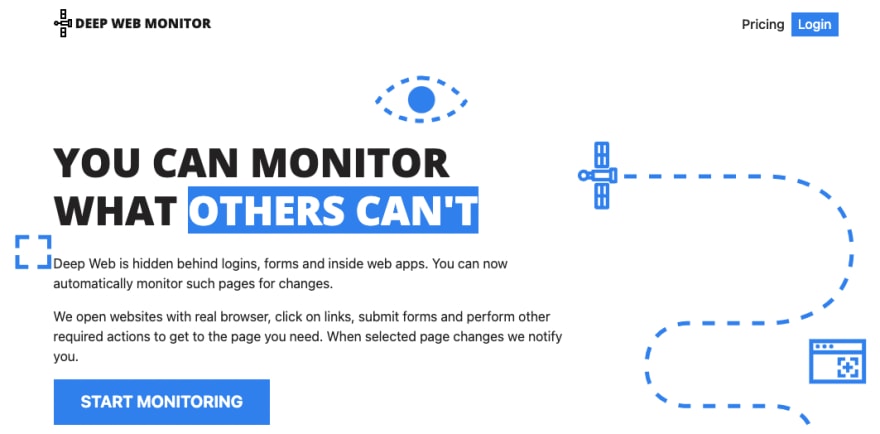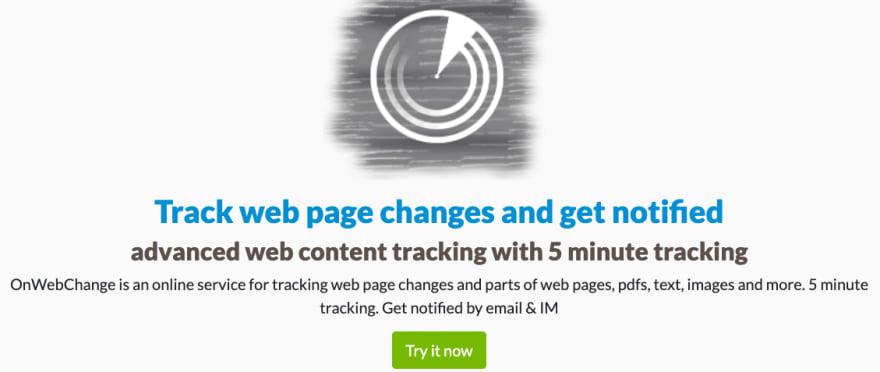Website monitoring is a process that helps track website changes and test its performance, functions, and availability in different locations. This process has many use cases. Companies monitor pages to spot security issues or for market research, while e-commerce businesses may monitor competitor sites for pricing and product changes, brand mentions, etc.
To track website changes, companies and individuals use various tools. These tools offer different features, such as choosing a particular area on a site that needs tracking, monitoring website availability and performance in various locations, sending change alerts, and others.
We listed the 13 best tools to monitor website changes. In the list, you’ll find monitoring tools’ descriptions, their features, and pricing information. Website monitoring is an essential part of ensuring your business runs smoothly, so choosing the right tool can define the success of your monitoring efforts.
Site 24/7
Site 24/7 provides website and performance monitoring for DevOps and IT operations. It’s an all-in-one monitoring solution that covers website, server, application performance, network, and cloud performance monitoring, among other things. The software has a large user base including large and well-known enterprises such as NASA, Ford, and SAP.
Main features:
- Instant issue detection alerts via SMS, email, or a phone call
- Covers over 110 locations worldwide
- Strong focus on user experience analysis
Price:
Site 24/7 offers a free 30-day trial. Their site monitoring Starter package costs from $9/month if billed annually. The smallest pricing plan covers ten websites or servers, 110 locations, and 500MB logs.
Hexowatch
Hexowatch covers 12 different monitoring options, including visual, HTML code, keyword, content, and source code monitoring. It allows setting monitoring preferences based on frequency, sensitivity, location, and types of alerts you’d like to receive. The tool supports a number of software integrations, including Telegram, Slack, Google, and others.
Main features:
- Change alerts via email, Slack, Telegram, or Zapier
- Monitors HTML code, keywords, and visuals
- Quick web data extraction
Price:
Hexowatch has a limited free version and a 30-day money guarantee. Paid plans start at $14.99/month. The Standard plan covers 2 000 checks a month and includes an API key and limited software integrations for receiving alerts.
Distill.io
Distill.io allows selecting parts of a website you wish to track. The tool allows setting custom monitoring frequency and maintaining a tracking history. All monitors can be managed via a single dashboard, and data can be extracted into a PDF. This website change monitoring software has over 400 000 users.
Main features:
- Allows selecting specific elements you wish to monitor
- Has a Google Chrome extension
- Alerts available via phone push notifications
Price:
Distill.io offers a free version for testing and non-essential use. The smallest paid plan costs $15/month and is the best option for individual use. This plan covers 30 000 checks a month and supports three devices.
Versionista
Versionista offers website change tracking at scale. It allows monitoring changes to HTML, PDFs, and dynamic content. It can auto-crawl sites to detect changes. The software sends users reports by providing color-coded comparisons that help spot additions or deletions on a website. Versionista’s web change intelligence offers solutions for various businesses.
Main features:
- Provides detailed monitoring summaries via email
- Allows team collaborations within an organization
- Filters irrelevant content
Price:
Versionista’s pricing depends on how many URLs you wish to monitor for changes. You can submit 5 URLs for free and get 465 free crawls. 400 URLs and 37 200 full browser crawls a month cost $99.
Sken.io
Sken.io helps automate repetitive tasks and save time. The website change monitor is helpful for e-commerce competitor monitoring since it reports price changes and product availability. Apart from the usual web change tracking, the tool can also monitor legislation changes to help companies with law compliance.
Main features:
- Allows selecting a specific website part for monitoring
- Has a mobile application for Android
- Google Chrome extension
Price:
Sken.io offers a 14-day free trial that covers 140 free checks. The Basic plan is $3/month and delivers 500 checks. All paid plans include priority support, email, mobile and push alert notifications, data synchronisation across different devices, and a few other features.
ChangeTower
ChangeTower is a powerful platform for website change detection and archiving. Users are only required to submit an URL of a website they wish to monitor. ChangeTower then crawls the website and takes a screenshot of the full-page. The snapshot is automatically saved in the archive for future change tracking. ChangeTower’s clients include KPMG, Salesforce, Disney, and Cloudflare.
Main features:
- Customizable criteria for alerts
- Detailed website change alerts
- Stores time-base code snapshots
Price:
ChangeTower offers a free version that covers six checks per day and one month of data archival. Paid plans start from $9 a month and cover from 50 checks for 500 dynamic URLs. All plans include web content, HTML, and keyword monitoring.
Pagescreen.io
Pagescreen.io automates website change detection, monitoring, and alerts. The software allows team collaboration and can send alerts to multiple people. Team members can also discuss and comment over screenshots, which is a helpful and time-saving feature. The solution can be integrated with various workflows and systems, such as Google Drive, Slack, Dropbox, and others.
Main features:
- Handles large-scale web monitoring
- Supports numerous integrations
- Allows team collaborations
Price:
Pagescreen.io offers a 14-day free trial that covers five monitors and 1 000 screen captures. The smallest plan is $15/month and supports unlimited URLs and six archives. All the plans offer a one-hour minimum frequency between captures for single monitoring.
Deep Web Monitor
Deep Web Monitor allows monitoring password-protected pages. This is one of the monitoring tools that access websites with real browsers, submit forms, and click on links. The software also allows selecting a specific area on a website you wish to monitor. Visual comparison enables users to monitor graphic information, not only texts.
Main features:
- Visual change comparison
- Different business and individual plans
- Allows customizing check interval
Price:
Deep Web Monitor offers four different subscription plans. The Beginner plan is $10/month and covers ten monitors and a 30-day history. All plans come with a 14-day free trial for testing the tool and its features.
Pagecrawl.io
Pagecrawl.io can track changes in dynamic and JavaScript pages. Their Java-script enabled browser allows capturing web content from all types of websites and provides screenshots. Pagecrawl.io software also supports proxies, and you can provide your own list of IPs, which enables you to get them from a reliable provider.
Main features:
- Works on password-protected pages
- Automatically bypasses Cloudflare bot detection
- Supports number extraction, eliminating text or symbols
Price:
Pagecrawl.io has a free-forever version. This plan can track changes on up to 16 websites with a one-day monitoring frequency. The free version allows using your own proxies. Paid plans start from $8/month.
Wachete
Wachete provides sample watches so you can check them out and see what the software can be used for. This monitoring tool can help track web changes, job offers, product prices and availability. It also sends alerts via email, Slack, Teams, or on its mobile app. The tool can be used for website audits, competitor tracking, website health checks, and other cases.
Main features:
- Mobile app for Apple, Android, and Windows OS
- Web browser extensions and add-ons for Chrome, Firefox, and Edge
- Provides a web change history of up to 12 months
Price:
Wachete has a free version that can monitor five pages and performs a check every 24 hours. The free version doesn’t support dynamic pages. Paid plans start at $4.90/month and allow monitoring up to 50 pages and one dynamic page.
Trackly
Trackly sends users an email when it detects a change in the targeted website. The email contains highlighted website changes so users can spot right away what was changed. Users can control what inconsistencies they’d like to be informed about, and the software monitors websites every hour.
Main features:
- Hourly change monitoring
- Customizable change tracking
- Email alerts
Price:
Trackly’s pricing depends on how many websites you wish to monitor. Tracking up to three pages is free, but it only monitors these sites once a day or a week. If you wish to have the websites monitored hourly, the smallest subscription covers 20 websites and costs $9/month. Trackly also has a free 30-day trial.
OnWebChange
If you’re looking for constant change detection, OnWebChange offers tracking your targeted websites every five minutes. The tool allows selecting a particular part on the website you want to monitor. You can even choose multiple sections. It allows setting the tracking frequency, how you wish to receive notifications, and adding logic filters.
Main features:
- Tracks changes on images, PDFs, and text
- Works on any public website
- 5min monitoring frequency
Price:
OnWebChange has a free plan that monitors websites every 24 hours. The free version can perform up to 30 checks a month across three websites. Paid plans start from $0.89 and go up to $8.99. This is one of the cheapest web monitoring tools.
Visualping
Visualping has over 2M users worldwide, including Fortune 500 companies. The software sends an email alert with a screenshot when it detects a change in a site. They also have a convenient dashboard that provides more detailed information about the changes. The business version of the tool allows team collaborations and provides team training.
Main features:
- Email alerts with screenshots
- Team collaboration and training
- Integrates with Slack and Teams
Price:
Visualping has a free version that covers up to five pages a day. The Starter plan costs $10/month and can monitor websites hourly. This plan covers up to 1 000 checks a month. You can also choose to pay per use or get billed yearly and get a discount.
Proxies for Monitoring Websites
Website change monitoring works by sending continuous GET requests to the target website. This means that the target receives many requests very quickly. Sending such requests from a single IP address will get it blocked in no time. To avoid that, monitoring tools have to use proxies.
Some monitoring tools allow integrating your own proxy list. This is a helpful feature because you can get proxies from your preferred provider and ensure the most efficient monitoring.
Depending on your needs and the use case, you may want to use residential proxies for tracking website changes. These proxies are more reliable than other types of IPs because they’re harder to detect. They can also cover any location in the world with precise geo-targeting, so you can see how your website appears in different areas around the world.
Conclusion
Website changes matter because they can inform you about security breaches, changes on the competitor’s websites, and new offers. Various businesses track their own and competitor’s websites to gather valuable information that is later used for improving the user experience on the website or gets integrated into a business strategy.
















Top comments (0)